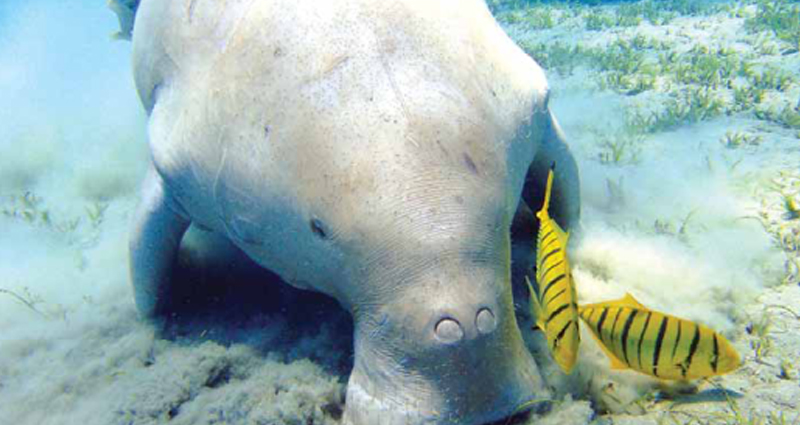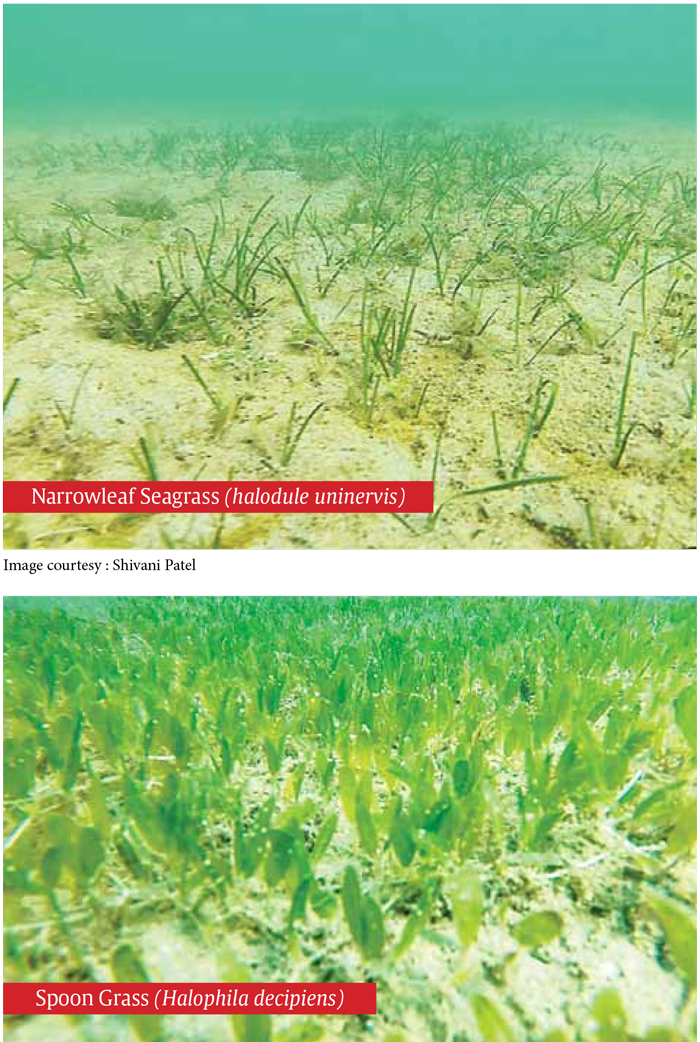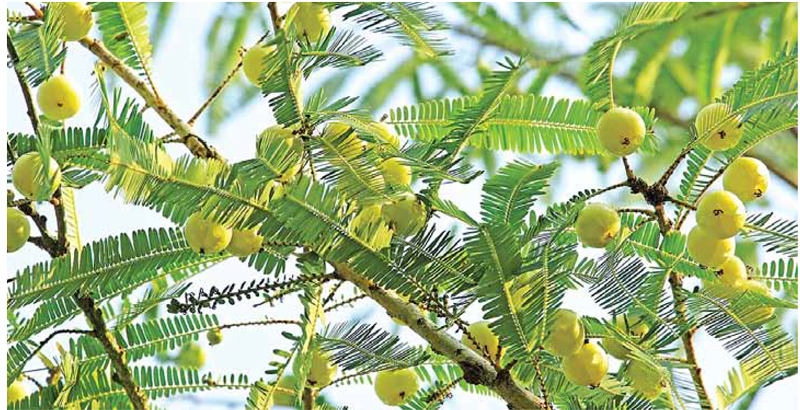
Conserving Marine Ecosystem Bioengineers, the ‘Seagrass’: A need of our future
By Prachi Hatkar
Seagrass are underwater angiosperms (flower bearing plants). Unlike Seaweed or Algae they bear roots, stems leaves, fruits and flowers like terrestrial plants. Seagrasses grow in salty and brackish waters around the world, typically along gently sloping, protected coastlines. Since they depend on light for photosynthesis, they are most commonly found in shallow depths where light levels are high. Seagrasses are often called ecosystem engineers because they modify their environments to create unique habitats. Seagrass meadows globally are under pressure with worldwide loss and degradation, but there is a growing recognition of the global importance of seagrass ecosystem services, particularly as a major carbon sink and as fisheries habitat. Even though seagrasses occupy only 0.1% of the ocean floor, they sequester up to 11% of the organic carbon buried in the ocean. Seagrasses absorb 83 million tonnes of carbon from the atmosphere annually. One acre of seagrass can sequester 740 pounds of carbon per annum.
Seagrasses can capture carbon from the atmosphere up to 35 times faster than tropical rainforests. They also play a vital role in oxygen production and absorption of carbon dioxide and acts as a purifier in aquatic ecology.
About one square meter of seagrass can generate 10 litre of oxygen every day through photosynthesis. Seagrasses are often called nursery habitats because the leafy underwater canopy created by them provides shelter for small invertebrates like crabs, shrimps and other types of crustaceans, small fish and juveniles of larger fish species. Many species of algae and microalgae (such as diatoms), bacteria and invertebrates grow as “epiphytes” directly on living seagrass leaves, much like lichens and Spanish moss grow on trees. India harbours 15 seagrass species out of 59 total species in the world. In India, seagrass patches are mainly located in Palk Bay-Gulf of Mannar (Tamil Nadu), Gulf of Kutch (Gujarat), Chilika Lake (Odisha) and Islands of Andaman & Nicobar and Lakshadweep
 Chilika Development Authority, the apex body for the Lake’s management claims that Chilika Lake possesses 20% of India’s seagrass covering over 152 sq. kms.
Chilika Development Authority, the apex body for the Lake’s management claims that Chilika Lake possesses 20% of India’s seagrass covering over 152 sq. kms.
Seagrasses are disappearing at rates that rival those of coral reefs and tropical rainforests, losing as much as 7% of their area each year. Siltation, trawling, coastal engineering construction, pollution, etc, are considered to be the significant causes for the deterioration of seagrasses. Seagrass dependent marine mammal Dugong the only herbivorous marine mammal in the world is on the verge of extinction.
Approximately 200 Dugongs only are left in India. Ministry of Environment Forest and Climate Change (MoEFCC) made task force to prepare and implement Endangered Species Recovery Plans (ESRP) of Dugong. In India, Dugongs occur in the Gulf of Kutch, Gulf of Mannar and Palk Bayand in the Andaman and Nicobar Islands. Dugong’s habitats in India are highly fragmented and threatened due to various reasons. To save this gentle giant dependent only on seagrass, Wildlife Institute of India has been working to save this mega herbivory help to structure the seagrass meadows. Seagrass restoration has been carried out in the Gulf of Mannar (GoM) and Palk Bay, Southeast India. This is the first wide-scale effort in Indian waters and has been initiated by Suganthi Devadason Marine Research Institute (SDMRI) and OMCAR foundation.
As seagrass restoration remains crucial for both the livelihood of fisherfolk and the ecosystem of the region. let’s hope the next generation gets to actually see the pristine underwater world and not merely in the books.
day through photosynthesis. Seagrasses are often called nursery habitats because the leafy underwater canopy created by them provides shelter for small invertebrates like crabs, shrimps and other types of crustaceans, small fish and juveniles of larger fish species. Many species of algae and microalgae (such as diatoms), bacteria and invertebrates grow as “epiphytes” directly on living seagrass leaves, much like lichens and Spanish moss grow on trees. India harbours 15 seagrass species out of 59 total species in the world. In India, seagrass patches are mainly located in Palk Bay-Gulf of Mannar (Tamil Nadu), Gulf of Kutch Gujarat), Chilika Lake (Odisha) and Islands of Andaman & Nicobar and Lakshadweep.




